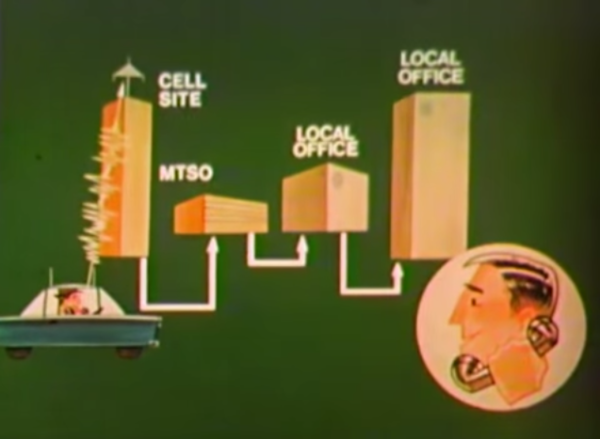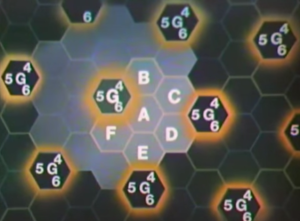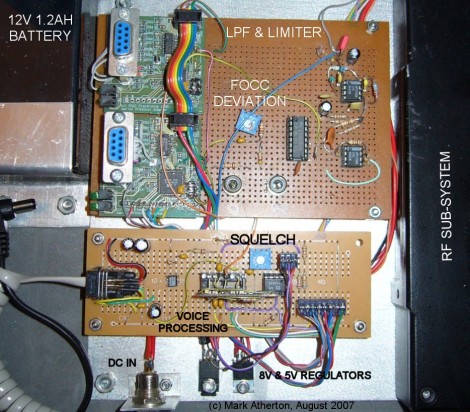The 90s were a wonderful time for portable communications devices. Cell phones had mass, real buttons, and thick batteries – everything you want in next year’s flagship phone. Unfortunately, Zach Morris’ phone hasn’t been able to find a tower for the last decade, but that doesn’t mean these phones are dead. This weekend at Shmoocon, [Brandon Creighton] brought these phones back to life. The Motorola DynaTAC lives again.
[Brandon] has a history of building ad-hoc cell phone networks. A few years ago, he was part of Ninja Tel, the group that set up their own cell phone network at DEF CON. That was a GSM network, and brickphones are so much cooler, so for the last few months he’s set his sights on building out a 1G network. All the code is up on GitHub, and the hardware requirements for building a 1G tower are pretty light; you can roll your own 1G network for about $400.
The first step in building a 1G network, properly referred to as an AMPS network, is simply reading the documentation. The entire spec is only 136 pages, it’s simple enough for a single person to wrap their head around, and the concept of a ‘call’ really doesn’t exist. AMPS looks more like a trunking system, and the voice channels are just FM. All of this info was translated into GNU Radio blocks, and [Brandon] could place a call to an old Motorola flip phone.
As far as hardware is concerned, AMPS is pretty lightweight when compared to the capabilities of modern SDR hardware. The live demo setup used an Ettus Research USRP N210, but this is overkill. These phones operate around 824-849 MHz with minimal bandwidth, so a base station could easily be assembled from a single HackRF and an RTL-SDR dongle.
Yes, the phones are old, but there is one great bonus concerning AMPS. Nobody is really using these frequencies anymore in the US. That’s not to say building your own unlicensed 1G tower in the US is legally permissible, but if nobody reports you, you can probably get away with it.



 The FCC’s allocation opened a whopping 666 channels in the neighborhood of 850MHz. Bell Labs’ hexagonal innovation sub-divided the MSAs into cells, each with a radius of up to ten miles.
The FCC’s allocation opened a whopping 666 channels in the neighborhood of 850MHz. Bell Labs’ hexagonal innovation sub-divided the MSAs into cells, each with a radius of up to ten miles.











